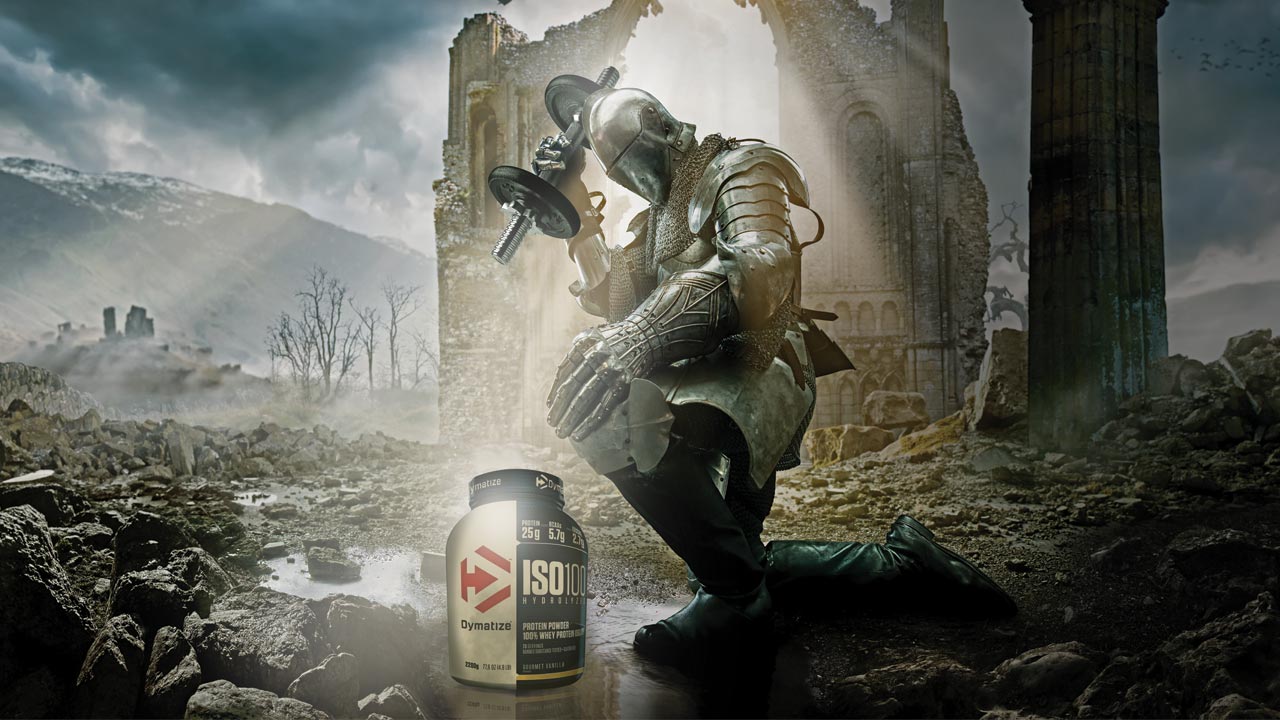What’s the difference between that $30 whey and one which costs $60? If you don’t know, you could be shortchanging your athletic performance. Here’s your insider’s guide to choosing the right kind of sports supplements.
Any gamer knows the virtues of a well-placed power-up. Some give your life-bar a comprehensive refill, while others offer a meager top up, but each will help you reach your end goal of progressing to the next level.
They generate that ‘ahh’ moment, where your avatar laps up the life force needed to keep pressing on, and these digital power-ups are the meatspace equivalent of taking sports supplements. Sadly in the real world, the quality of power-ups isn’t as easy to differentiate between the mega and a regular mushroom in a Mario game.
Why Should You Even Bother to Get the Highest Quality Supplements
The first step in your understanding should always involve dissecting the word ‘supplement’. These products alone cannot create a healthy diet because they are developed to safeguard against shortfalls in your meal plan.
Annoyingly, there isn’t a pill powerful enough to reward you with head-turning results if your eating habits and training plans aren’t on point. So, why should you bother with supplements in favor of eating more delicious whole foods? A portion of the answer can be found in the declining soil quality your once healthy fruit and vegetables are now grown in.
A paper in the Journal of the American College of Nutrition compared data from 1950 to that from 1999 across 43 vegetables and fruits, and discovered declines in the amounts of protein, calcium, phosphorus, iron, riboflavin and vitamin C.
Soil quality has deteriorated so dramatically that in 1950, you could meet your vitamin A RDI with just two peaches; today, you’d need 53. That’s a whole bunch of unwanted calories for the same nutrient fix, which goes to explain the world’s obesity problem.
The big business is big business, with supplements contributing $121.6 billion to the US economy and forking out nearly $15 billion in business taxes, found the Council of Responsible Nutrition.
With so many manufacturers, the prospect of evaluating them all using a standard yardstick is near impossible, even more so when you consider many supplements manufactured in the same plant are rebranded, re-packaged and resold as something completely different.
What’s also important to realize is they’re actually classed as a food product, not a drug. The latter has to undergo extensive clinical studies in order to generate mountains of data that prove their effectiveness and ensure your heart isn’t left shaking like a constipated chihuahua.
In the US, for example, The Food and Drug Administration (FDA) reviews all of this info and gives a product the yay or nay. But this is not standard practice with sports supplements.
Yes, supplements have always been forced to live up to their marketing claims, and the FDA has every right to pull something off the shelves if it’s remotely dangerous.
However, they don’t have a right to rule about a consumer’s ‘assumed’ quality of a supplement. This means you could get a low-grade protein marketed at a premium price, and you’d be none the wiser.
What’s more, a supplement’s net efficacy is subject to a host of wildly uncontrollable human variables: sleep, diet, training and genetics, so it’s difficult to know with any certainty, let alone clinically test, if it’s the product actually serving up the exact results you may have paid top dollar for.
Fortunately, you don’t have to let your online shopping clicks become a crap-shoot, and you can take steps to uncover if your favorite supplement is really worth its price tag.
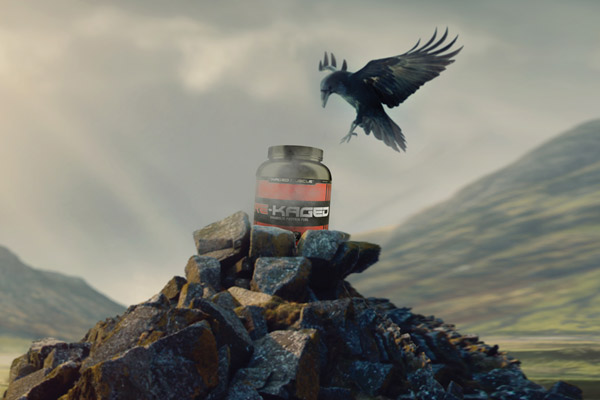
Multi-vitamins: What to look out for
Multi-vitamins are a total waste of money, found a study in Annals of Internal Medicine. They analyzed 27 long-term studies on the subject and found no benefits to either health or longevity, but the egghead researchers failed to factor in folk who took better than average care of their exercise quota.
If you’re training both regularly and intensely, you’re prone to hemorrhaging vital nutrients, such as B vitamins, vitamin C, chromium, selenium, zinc, magnesium, iron and copper. This is because minerals are depleted through sweat and urine, as well as your increased use of them when you’re punching out workouts that are tougher than Chinese algebra.
Your body also greedily scoffs nutrients during the recovery process. This means it’s vital to at least get the required daily minimum amounts, which are listed as easy to understand percentages on the back of every multi-vitamins packaging.
Some products will offer you serves triple what you need, but before you dive in, these could be working against you. So, what can you do?
1. Take vitamin A in a beta-carotene form, which becomes active when needed.
The retinol version’s absorbed quickly then slowly cleared, which can cause toxicity and liver problems.
2. Vitamin K is usually in the form of vitamin K1 from vegetables, so most people aren’t usually deficient in it.
Vitamin K2 is a more important form to supplement with, as it is lacking in most people’s diets and protects against heart disease and cancer while aiding skin health and boosting testosterone production
3. Chromium is typically offered in its cheap, less effective form
Chromium chloride – whereas chromium picolinate is absorbed far more efficiently.
4. Watch out for competing nutrients.
Zinc can interfere with the absorption of copper and protein, so it’s better to take it on its own at night. What’s more, calcium messes with your ability to absorb zinc, iron and manganese.
Phosphorus is already high in most people’s diets, and it can block vitamin D’s positive effects on your health.
Finally, magnesium interferes with manganese and calcium absorption, so should be absent from your multivitamin entirely, and be taken separately at another time of day.
You’re better off taking supplements individually, or creating a bespoke multivitamin, than taking them all at once via a pill that may not be tailored toward a hard exercising man.
Whey Protein: What to look out for
The big ticket item on your supplement shopping list is always going to be protein. For the best results, research suggests a protein blend that has fast, medium and slow-digesting sources, such as whey, egg, and casein, outperforms bog standard whey protein for encouraging muscle growth.
That makes sense because it means you’re covering all bases and fueling your body with the nutrient it needs for the maximum volume of time.
Fortunately, there has been enough outcry from exercisers about the process of protein spiking, where amino acids are added to whey protein to increase its protein content, which has meant most manufacturers daren’t adopt this practice.
A 2013 test by Consumer Lab found just 31% of protein powders and drinks failed tests, and while that seems like a lot, it means more proteins are actually delivering what they advertise on the package.
“The main points that buyers should look for when trying to distinguish the promotional protein and the high quality version are scoop size; efficacious dosage (as backed with science); source of ingredients (patented or generic, fermented over synthetic); third-party testing; and ensuring the protein is flavored and colored naturally,” suggests Kris Gethin, a trainer, nutrition advisor and supplement inventor.
For the best practices when choosing protein, here are a list of boxes your purchases should tick.
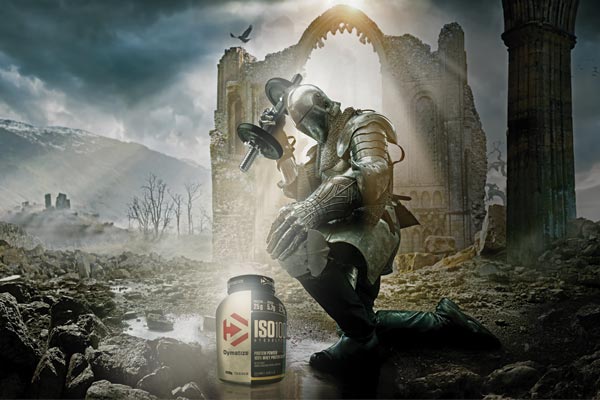
1. Make it grass fed.
Are these outdoor-raised cows really healthier? Yes, says Newcastle University, which found organic grass-fed cow milk and meat had 50% more beneficial omega 3s than non-organic. That’s not to suggest you’re sipping whey protein for the omega 3s, but it’s a worthy marker for judging just how much healthier the animal is than its factory-farmed counterpart.
At the end of the day, whey is produced directly from the milk, so the healthier the cow, the healthier you’ll be. Just remember if you’re choosing an isolate, perhaps because you’re lactose intolerant, this whey has been comprehensively stripped of the benefits grass-fed cow’s milk is likely to give you, so shelling out for this more expensive version is a zero-sum game.
2. Do the math.
When faced with a variety of protein options, it’s smart to divide the protein in grams by the individual serving size of the product in grams (usually one scoop). The ratio to shoot for is when 70-80% of the total weight is protein, so shoot for something like Dymatize ISO100 100% Whey Protein Isolate. What does that other 20-30% account for?
Well, if you’ve been around for a decent spell, you’ll remember when protein powders were a gloopy, dry retch affair that refused to dissolve in your shaker. Fillers in today’s shakes are things like emulsifiers, which prevent your protein from going rancid and help it mix easily.
3. Check out the first on the list
Ingredients are listed in descending order – the ones with the most mass, biggest first – so the first item should almost always be whey. If it’s anything else, even in a mass gainer, you’re probably getting duped, or at the very least, eating way too many sugars or sweeteners.
It’s worth keeping a vigilant eye on because sweeteners are too often disguised under clever nicknames like dextrose, cane crystals, corner sweetener, corn syrup, evaporated cane juice or fructose, so keep on the look out for ingredients that leave you Googling. Save your sweet allocation for foods that are actually meant to taste fun enough to leave you feeling a tad guilty.
Your protein should taste just pleasant enough to drink, not like something at a five-year-old’s birthday.
4. Embark on a little self-reflection
After you skull your protein shake, consider crafting a journal on your phone, giving yourself a mark out of five for how you feel afterwards.
Ten years ago, you could expect to feel a little sick and bloated, but those pangs should be a thing of the past thanks to the new digestive enzymes added to many of the best-performing protein powders.
A paper in the journal Food Digestion found adding the enzyme Aminogen to whey protein meant the overall mix was well tolerated by people who took this blend. It also helps your body absorb more of the amino acids in the protein, so you wind up getting more bang for your buck.
If you do feel sick, make a switch to a different protein that sports added digestive elements so you can bask in the glow of your body recovering from a tough sweat session.
5. Vary your protein sources
The golden rule for longevity: everything in moderation. That also refers to your protein intake. A paper in the Journal of Sports Science and Medicine looked at different proteins’ effect on sports performance in the long term and found varying your protein sources will deliver a host of unique benefits and ensure you’re not deficient in any one amino acid.
Colostrum protein created greater gains in lean body mass and improved exercise to exhaustion rates better than whey. Casein helped athletes gain more muscle over time, while whey helped gain more muscle in a shorter period. Vegetarian proteins benefit your internal organs.
Mix up your protein sources and you’ll be stronger and healthier than if you just stuck to one brand year in, year out.
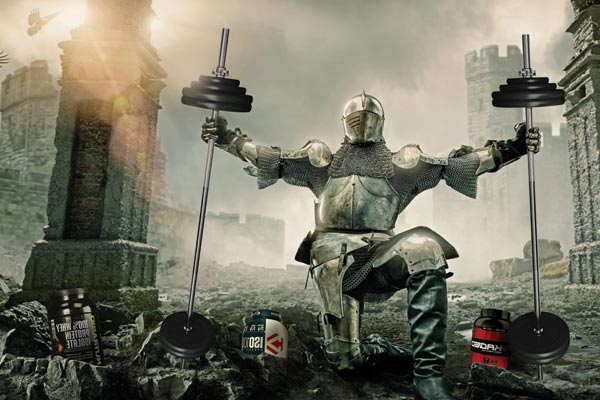
PRE-WORKOUTS: what does concentrated mean?
You’d like to imagine ultra-concentrated formulas are made that way to spare you from the nasty effects of fillers and other elements that add dead weight to your overall purchase. Sadly, this is not always the case.
“Some pre-workouts currently available use serving sizes as small as 3g or less,” explains Jim Stoppani, a doctor of exercise physiology. “Anyone who knows anything about science would immediately recognize that as a red flag. Yet, supplement manufacturers see the lack of science know-how most consumers have as an opportunity to sell them less for more, by claiming these tiny serves are possible because the product is “concentrated”.
It’s the dirtiest trick in the book. Ingredients, such as isolated amino acids, branched-chain amino acids (BCAAs), beta-Alanine, citrulline, glutamine, taurine or tyrosine, as well as amino-acid- derived ingredients, like creatine and carnitine, cannot be concentrated like herbs. They already exist in an isolated form. Their standard form is as concentrated as you can get.”
What to look for in a Pre-workout for the best results
Read the ingredients list and weigh that up against serving size. “For a pre-workout to provide everything you need, it should be well over 10g per serving, if not well over 20g,” suggests Stoppani.
“A true quality pre-workout should also have the dose of each ingredient listed on the Supplement Facts panel.” If the ingredients per serve aren’t listed, divide the total active ingredients by the net weight of the product to figure out how much of each you’ll get per serve.
The big pre-workout players have solid research behind them, so be wise to look out for caffeine, beta-Alanine and creatine. This is the perfect ratio for genuine results:
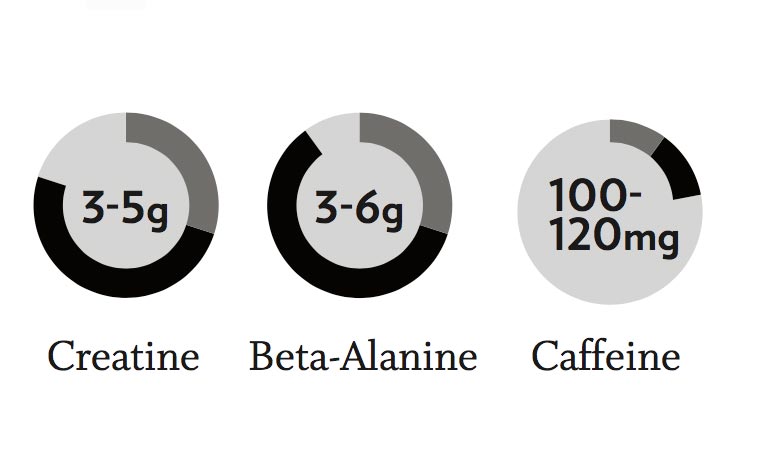
Watch out for “Proprietary blends”
If a company is keeping their winning formula a secret, then that’s a perfectly reasonable business strategy. Just imagine the stock market chaos if Coca-Cola or KFC’s recipe became a Facebook post.
Trouble is, many supplement manufacturers are basing their marketing efforts on the idea that you have so much good faith in their brand, they can place the term “proprietary blend” where the ingredients label should be.
This halts your investigative efforts into what’s actually in the product, because they’d like to you believe every other supplement company would replicate their secret combination if it ever became public.
Sadly, this is more often a way of disguising how little of each active ingredient is in a product.
What you can do?
Supplementation should always be a numbers game. Each ingredient needs to be administered in a clinically proven dosage that’s effective: if you don’t know how much you’re taking, it’s a bit like playing roulette-level odds.
This is a problem that’s applied to all supplements from proteins to fat burners, because without knowing the dosage, you’ll never know if you’re achieving genuine improvement.
According to the FDA, supplement manufacturers only need to list all of the ingredients in a product, on its label along with the appropriate amount of each in terms of weight.
That said, if the ingredients are part of a proprietary blend – the specific amount of each individual ingredient in the blend does not have to be listed, only the total. That’s not to suggest any product with a proprietary blend should be shunned: just check out its reviews by independent consumers and judge for yourself.
However, the gold standard for throwing your support behind a supplement is transparency, if it sports as many all- natural ingredients as possible and a track record based on clinical studies that have created real world results.
Anything less, and you may as well be taking your body to the casino, where the house always wins.
For more articles like the ultimate guide to buying high quality supplements, nutrition, and workouts, get TRAIN magazine direct into your inbox every month for free by signing up to our newsletter
Or check out some of our related content:


